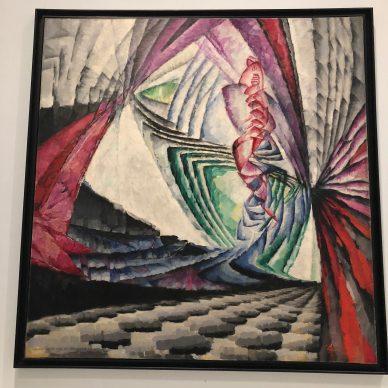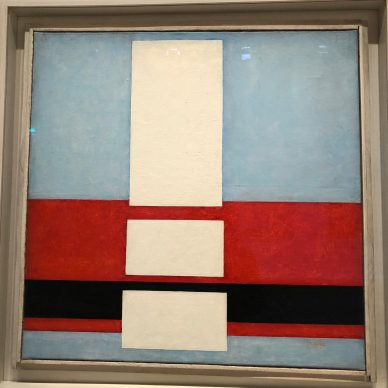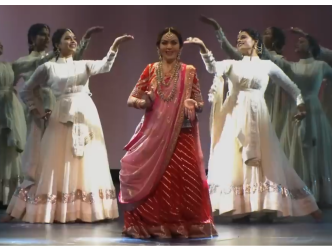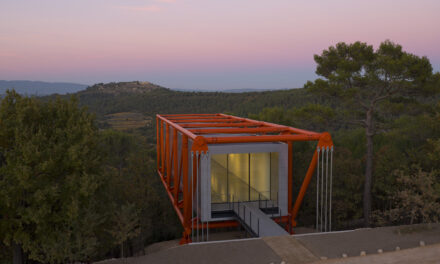In his youth, before earning his living as a painter, he taught drawing but he also worked as a psychic medium. This is a way of situating the figure of Frantisek Kupka, born in 1871 into a modest family from Bohemia, who would spend most his life in France developing various aesthetic styles and evading fame.
It was this visionary, this endearing recluse, who one fine day in 1911 moved from representation to abstraction in painting.
He was, therefore, one of the very first artists to get rid of the idea of a figurative subject.
The Grand Palais in Paris is dedicating a spectacular retrospective to him composed of nearly 300 artworks, curated by the deputy director of the Centre Pompidou, Brigitte Leal.
She explains why Kupka is so important:
In 1913 Kupka revealed:
“I am still feeling around in the darkness, but I believe I can find something in between sight and hearing, and I can produce a fugue of colours like Bach did with music.”
Herein lies his secret. His pictorial oeuvre, after having flirted with symbolism, sought to transcribe, at least in the early days of his abstraction, the sounds of Bach while also drawing inspiration from scientific theories on the decomposition of colour or the transformation of matter.
He lived in Puteaux (1) and his studio adjoined that of Jacques Villon, the painter who was the brother of Marcel Duchamp.
Kupka and Duchamp began corresponding regularly up until the 1950s.
But Kupka was not as cynical as Duchamp.
He was happy to work a great deal, while ceaselessly exploring, at the risk of repeating himself a little too much.
That said, since the selection at the Grand Palais is good, the result is extraordinary.
When faced with a number of his paintings one would believe Kupka to be under the influence of drugs, but he was simply a genius.
Where did he get this boldness from?
Certain abstract paintings of his from the 1920s and ’30s are on an impressive scale, which allows for a dazzling polychrome plunge into the painter’s deliriums.
Spiral columns with effects of matter, great flows, explosions and transformations, entire architectures of colour.
To arrive at “abstract painting” in 1932: a white canvas marked with a few black lines.
Kupka went right to the limits of abstraction: he eliminated everything, or almost, on the canvas.
It was only in 1951, at the age of 81, that he would get his first dealer. He died six years later.
Until 30 July. Paris . www.grandpalais.fr
(1) Incidentally, one of the towers at La Défense very near to where the district of Puteaux is located bears his name.
Support independent news on art.
Your contribution : Make a monthly commitment to support JB Reports or a one off contribution as and when you feel like it. Choose the option that suits you best.
Need to cancel a recurring donation? Please go here.
The donation is considered to be a subscription for a fee set by the donor and for a duration also set by the donor.


















